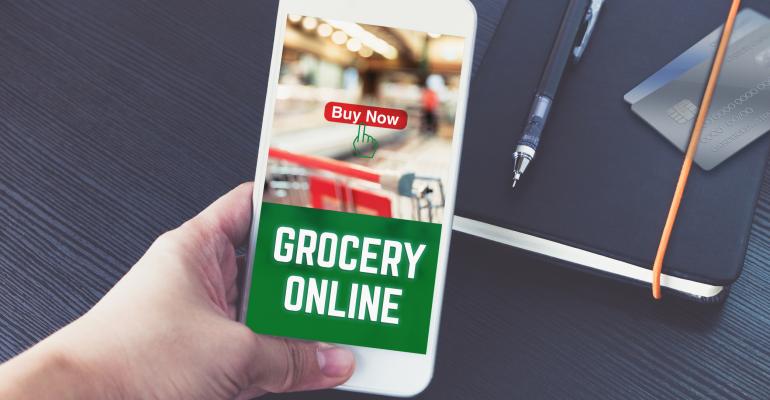Sponsored by Vericast
As shoppers’ appetites for convenience continue to grow, grocery retailers are hungry for more ways to make their experiences simpler, faster, and more pleasant. Yet, according to Vericast’s recent 2022 CPG + Grocery TrendWatch, 81% of grocery stores surveyed rate themselves highly for having a weekly digital ad to build shopping lists—but only 48% of consumers surveyed agree.
“Consumers are not fully satisfied with retailers’ digital weekly ads and list building capabilities,” says Julie Companey, director, client strategy at Vericast. “To stand out, retailers need to make their weekly ad experience dynamic and relevant to the shopper’s interests and category purchase behavior. Connecting past shopping lists to this week’s promoted items in categories of interest is a gap for many retailers.”
To better meet consumers’ needs and differentiate their shopping experiences in today’s competitive marketplace, grocers will have to do more than reimagine store layouts or increase the variety of products on shelves. They will need to be operationally agile and tech-forward.
Read on to learn how the latest strategies can help achieve convenience for shoppers and your business.
Pump up promotions with geo-behavioral, predictive intelligence
Receiving a text from your local grocer for a sale on ground beef or chicken parts could be an effective driver of traffic to your stores—unless that shopper happens to be a vegetarian. To reach existing, but not-yet-loyal customers, store promotions need to be tailored and accurate so that a shopper receives only relevant offers. By coupling geo-behavioral, predictive intelligence with dynamic mobile advertising, operators can leverage critical insights about consumers (think: food interests like vegetarian and sustainability) and predict shopping patterns and behavior to spark shopper interest and steal visits from competitors.
For example, a regional supermarket chain with 200+ locations worked with Vericast to deploy a geo-behavioral, predictive intelligence strategy to reach non-loyal grocery shoppers with key interests—like health or organic—located near its competitors. By engaging shoppers living and working in the vicinity with a cohesive digital campaign and serving up display ads within four miles of store locations, the chain earned a strong visit rate of 7.63% and lured customers away from the competition.
Shore up product availability with intelligent inventory, automation
Perhaps few things are less convenient for shoppers than discovering a product they want is out of stock or is delayed or unavailable for online delivery. With out-of-stock items costing retailers an estimated $1 trillion, according to a study from the IHL Group, retailers need to act quickly to solve for convenience. Retailers can fix such supply chain problems and provide memorable shopping experiences with inventory intelligence technology, or IIT. IIT leverages supply chain network data to analyze and optimize, coordinate, and communicate, and inform clear actions to act around volatile demand.
Inventory automation is another way to support rising demand, improve the customer experience, and increase productivity. For example, Walmart recently began automating its regional distribution centers with the help of a partnership with an artificial intelligence and robotics vendor.
“The need for accuracy and speed in the supply chain has never been more visible, and we’re confident that now is the time to move even faster by scaling Symbotic’s technology to our entire regional distribution center network,” David Guggina, senior vice president of innovation and automation at Walmart U.S., says in a statement.
While this type of technology was once only available to grocery giants and industry leaders, it is becoming more accessible to grocers of all sizes.
Unified solutions
With more consumers planning to shop both online and in-store, grocers understand the need to seamlessly integrate experiences. Yet, new research reveals that a majority of grocers surveyed (77%) still don’t have a unified commerce platform in place and remain dissatisfied with their current ability to quickly deploy new experiences—such as curbside returns or online chat. To achieve control, grocers will need to take swift action to create a unified experience from end-to-end, integrating every aspect of the business.
Now, with the growing complexities of the grocery business coupled with shifting demands and an uncertain economy, retailers must understand what their target customers want from their ideal shopping experience and leverage the technology that will empower them to deliver.
Interested in learning how your grocery brand can be operationally agile and technology-forward? To get started, get in touch with the experts at Vericast.

